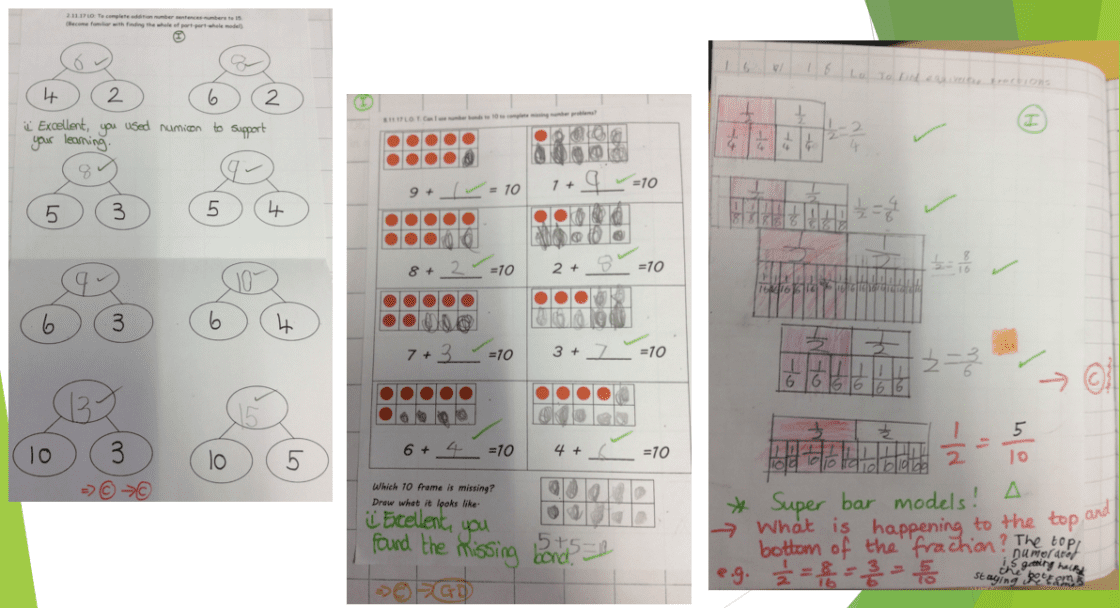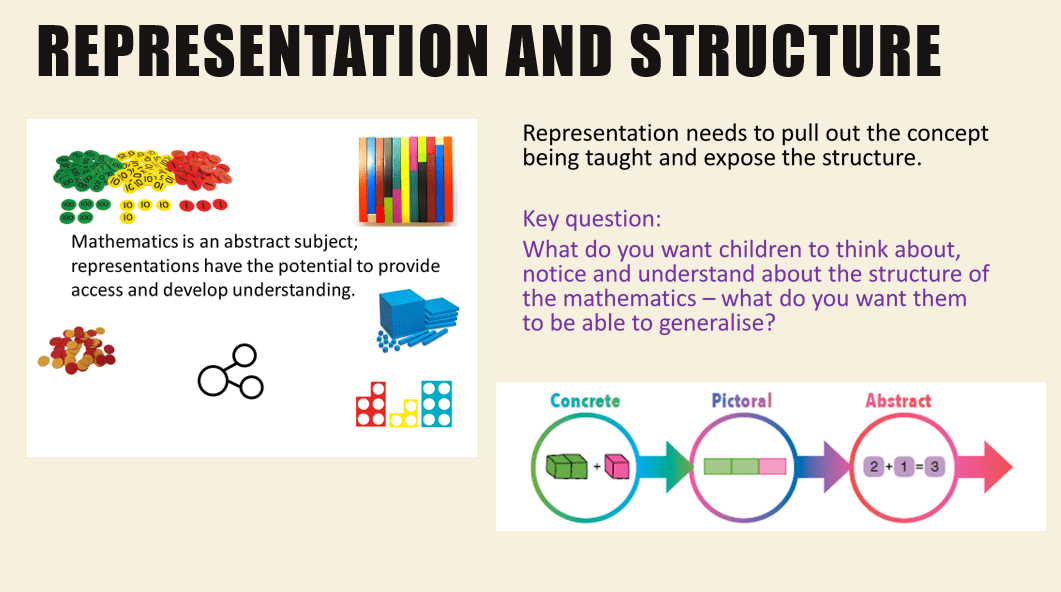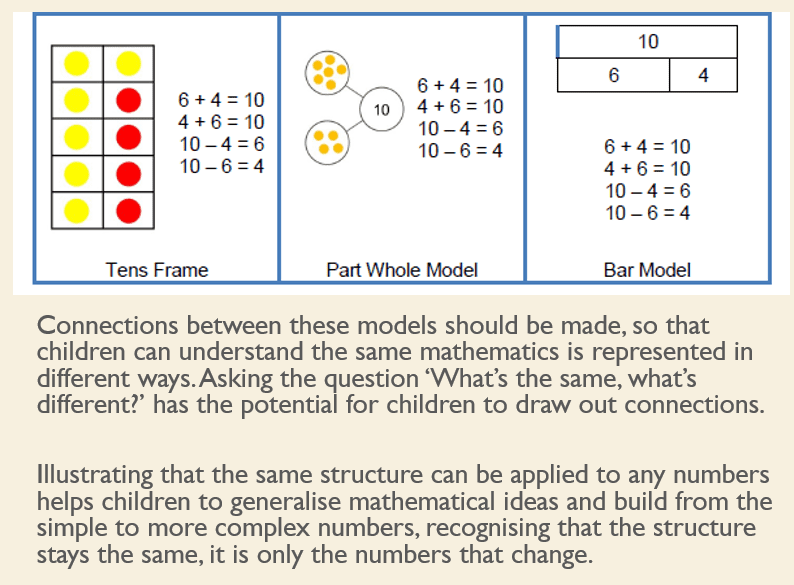Maths
At Beamish Primary, we have high expectations that all pupils can and will achieve, and this has led to us adopting a ‘mastery’ approach to planning and teaching maths.
EYFS Maths
Number fluency is continually developed within early years: our Mathematical curriculum covers ‘Number, Measure, Shape & Spatial awareness. Children participate in short maths sessions daily and are given time to explore mathematical concepts, test ideas, develop their understanding and practise taught skills through play. Maths can be found in all areas of our provision and children experience it in a purposeful and meaningful context within their play and daily routines. Our mud kitchen, construction areas, Forest School and domestic role play are just some of the areas in which children can explore number, shape, space and measures. Children are encouraged to use their mathematical understanding and skills to solve real-life problems and practitioners are trained to identify and extend opportunities to foster this.
KS1 AND KS2 Maths
Mastering maths means acquiring a deep, long-term, secure and adaptable understanding of the subject. Once a pupil has achieved mastery, this means that their understanding of the maths topic they have been studying is solid and they can now move on to more advanced material. Some may confuse mastery with Greater Depth but they are two very different things. All children in our federation have access to a Mastery curriculum which is based on the idea of ensuring all children have ‘mastered’ their mathematics and secured a deepened understanding (as mentioned above). Greater Depth refers to pupils who show a higher level of understanding for an area or aspect of learning and are able to challenge themselves further with new concepts and ideas.
The mastery approach is defined by five key principles: Representation and Structure, Fluency, Variation, Mathematical Thinking and Coherence. We aim to develop children’s mental and written fluency as well as their ability to solve problems. We encourage children to ask critical questions, make links and articulate their reasoning. We aim for the children to see mathematics as being relevant to their world and applicable to everyday life as well as being something that they will need as they move on through their school life and ultimately into the world of employment.
The five key principles are illustrated in the diagram below:

Coherence
Lessons are broken down into small connected steps.

Representation and Structure
Representations used in lessons expose the mathematical structures being taught, the aim being that students can eventually do the maths without needing the representation.
We use lots of different equipment and a variety of images to support our learners. Here you can see Part Whole Models, Tens Frames and Bar Models:



Mathematical Thinking
If taught ideas are to be understood deeply, they must not merely be passively received but must be worked on by the student: thought about, reasoned with and discussed with others.
Mathematical Thinking involves:
- looking for patterns;
- looking for relationships and connecting ideas;
- reasoning logically, explaining, conjecturing and proving
Here are some of the types of Mathematical Thinking questions we use:
- Always, Sometimes, Never?
- Convince me …
- What do you notice?
- What’s the same? What’s different?
- True or false?
Fluency
Fluency is the quick and efficient recall of facts and methods and the flexibility to move between different contexts and representations of mathematics.
Procedural fluency is knowing number facts and times tables. It is also being able to carry out methods efficiently.
Conceptual fluency is being able to use mathematical knowledge in different contexts and recognising mathematical concepts in unfamiliar situations.
Variation
Variation is twofold. It is firstly about how the teacher represents the concept being taught, often in more than one way, to draw attention to critical aspects, and to develop deep understanding. It is also about the sequencing of the activities and exercises used within a lesson and follow up practice, paying attention to what is kept the same and what changes, to connect the mathematics and draw attention to mathematical relationships and structure.



Click here to read more about the key messages behind the Five Big Ideas.
Calculation Strategies
Please find below our calculation strategies and methods we teach in each year group.
School and Home Learning
We have also created a calculation policy which you may find useful below to support your child with methods and strategies to complete their homework.
In class and for homework, we also use TT Rockstars and Mathletics to practice recalling key number facts quickly and to revise mathematical concepts further. Every child in school has a log in to access these platforms in school and at home.













